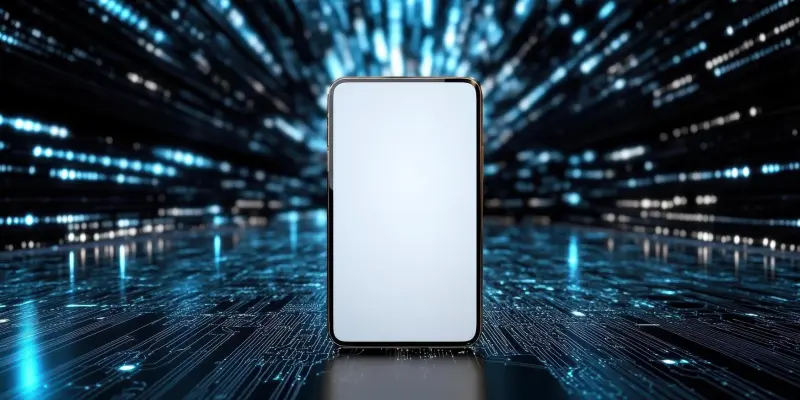The rapidly evolving landscape of mobile technology has seen an increasing demand for processors that deliver robust performance while maintaining energy efficiency. MediaTek has positioned its new Helio G200 processor as an innovative leap forward for 4G smartphones and tablets. As the successor to the Helio G100, the G200 sustains its foundational architecture but brings significant advancements, notably in its camera and connectivity capabilities. Built on the advanced 6nm technology from TSMC, it retains the octa-core structure, comprising two powerful Cortex-A76 cores paired with six efficient Cortex-A55 cores. These advancements promise users enhanced photo and video experiences along with improved signal strength in challenging environments, setting it apart as a contender in the mobile processor arena for those who prefer 4G technology over emerging 5G networks.
Performance Enhancements and Strategic Focus
While the Helio G200 maintains the core attributes of its predecessor, it stands out with strategic enhancements tailored to improve user experience. Notable among its features is the advanced support for 12-bit dual conversion gain, enriching HDR video capture for superior image quality. Additionally, collaboration with software experts has led to a 20% reduction in power consumption, making it an environmentally friendly option for mobile devices. The newly introduced 4G DC SAR technology is another significant advancement, minimizing latency by 30% and widening connectivity by 83%, particularly in regions with weak signal reception. These developments highlight MediaTek’s aim to excel in areas where 4G connectivity remains vital, despite unchanged GPU, memory, storage, and display specifications. Essentially, the G200 embodies a mix of stability with targeted innovations. As of yet, MediaTek has not disclosed release dates for devices incorporating this processor, signaling a commitment to optimizing vital functions within existing hardware limits, with special emphasis on multimedia and networking for 4G users.

